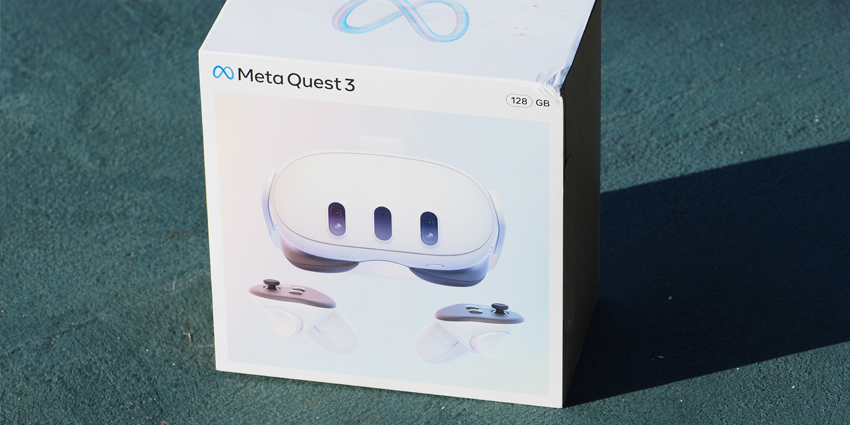Spatial computing is here, and many significant firms in the XR solutions space are reacting to an increasing influx of interest.
For enterprises, the Vision Pro waves influence many sectors, providing fresh optics and driving investment into immersive solutions for workplace environments.
If the Vision Pro wave continues to push the industry forward, the marketplace will see itself refine itself to fit new expectations.
Everyone is chiming in at the moment, sharing thoughts – good or bad – about the rise of XR. As the conversation flows, firms work hard in the background to leverage and promote XR tech.
The End of the Windows Mixed Reality
In its latest Windows 11 24H2 update, Microsoft is removing some support frameworks for its MR hardware and software portfolio.
The update sees Windows Mixed Reality added to the “Deprecated Features” list, which congregates features that Microsoft is no longer working on. This implies that Microsoft is dropping support for the product.
However, the list description notes that new versions occasionally remove features and functionality, often because they have added a more unique option. Therefore, a new version of the Mixed Reality product might be coming, but this has not been confirmed yet. As of now, MR support appears to have been dropped.
Reports suggest that Microsoft will stop developing MR functions on Windows 11. Furthermore, Microsoft is stopping compatibility on 1 November 2026 for Windows Home and Pro users on 1 November 2027 for Windows Commercial. Additionally, if Windows Mixed Reality users need support for their XR (Extended Reality) products, Microsoft will no longer provide it.
However, despite lacking support for Mixed Reality on Windows 11, Microsoft notes that “this deprecation doesn’t affect HoloLens. We remain committed to HoloLens and our enterprise customers.”
Mark Zuckerberg has Reviewed Apple’s Vision Pro
Mark Zuckerberg recently reviewed the Apple Vision Pro headset and unsurprisingly concluded that his company’s Quest 3 headset is better. In addition, the CEO of Meta criticized Apple for their closed system and commented about Apple’s “fanboys”.
In an Instagram post with the title captioned, “I tried Vision Pro. Here’s my take, shot with Quest’s high-resolution mixed reality passthrough,” Zuckerberg ultimately spent as much time – if not more – talking about the Quest 3 as he did the Vision Pro.
Zuckerberg said:
I expected that Quest would be the better value for most people since it’s really good and it’s, like, seven times less expensive. – But, after using it, I don’t just think that Quest is better value. I think that the Quest is a better product, period. – The different companies made different design decisions for the headsets; they have different strengths but overall Quest better for the vast majority of things that people use mixed reality for.
In other news, Meta has recently signed an agreement with Immersion Corporation, a technology innovator in haptic technology. The deal allows Meta to utilize Immersion’s patents to enhance Meta’s XR hardware, software, and products.
Immersion Corporation specializes in creating haptic patents that provide touch-based feedback technology for XR peripherals and applications. This patented technology increases the realism and immersion during an AR/VR/MR experience. For instance, in training, where haptics can simulate real-world assets or machinery, haptic feedback produced by the technology can lead to improved experiences and outcomes.
Eric Singer, the President and CEO of the Immersion Corporation, added:
We are delighted to grant Meta Platforms, Inc. a license to our patents for haptic technologies. We are excited to license Meta Platforms, Inc. for their delivery of high-quality haptics in their devices.
AWS Highlight Apple Vision Pro Spatial Computing Developer Tools
Amazon Web Services (AWS) is helping developers create spatial applications on Vision Pro. Since October last year, AWS has been working to show XR/spatial computing developers how they can use its solutions to help deploy visionOS applications and enhance the user experience.
According to AWS, developers can use Amplify to develop Vision Pro services more efficiently. By doing so, a developer’s XR application can benefit from AWS APIs, including log-in services, cloud storage/download of 3D assets, and “query-associated metadata.”
AWS tools can be used with Apple’s Xcode framework for creating spatial applications, and the company’s deep dive provides detailed information on how developers can combine these powerful resources.






